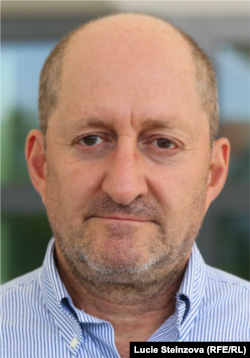For months now, Russia has been building up forces near the Ukrainian border, pulling in troops from as far away as Siberia and the Pacific Coast. Moscow also pulled Washington and the West into talks after laying out sweeping demands for restrictions on NATO enlargement and limits on the alliance’s activities in Central and Eastern Europe, seemingly seeking to claw back the sphere of influence it lost when the Soviet Union fell apart three decades ago.
Russia says it has no plans for a new invasion of Ukraine, but it has rejected Western calls to de-escalate and accused the United States and NATO of ignoring its stated security concerns.
Following a flurry of diplomacy in December and January, what’s next? More talks or a military escalation? What are Russian President Vladimir Putin’s motives for moves that have made this one of the tensest times since the Cold War? How is Kyiv handling the pressure? And what do Ukrainians and Russians think about the situation?
For some of the answers -- and some of the key questions going forward -- listen to this Twitter Spaces conversation hosted by RFE/RL on February 2.
The speakers were Olga Oliker, program director for Europe and Central Asia at the Crisis Group; Tetiana Iakubovych, a Kyiv-based senior producer for RFE/RL's Donbas.Realities; Rostyslav Khotin, a senior editor in RFE/RL’s Ukrainian Service; and Irina Lagunina, director of special projects for RFE/RL’s Russian Service.
Hosting the talk was Steve Gutterman, the editor for Russia, Ukraine, and Belarus in RFE/RL's Central Newsroom.










